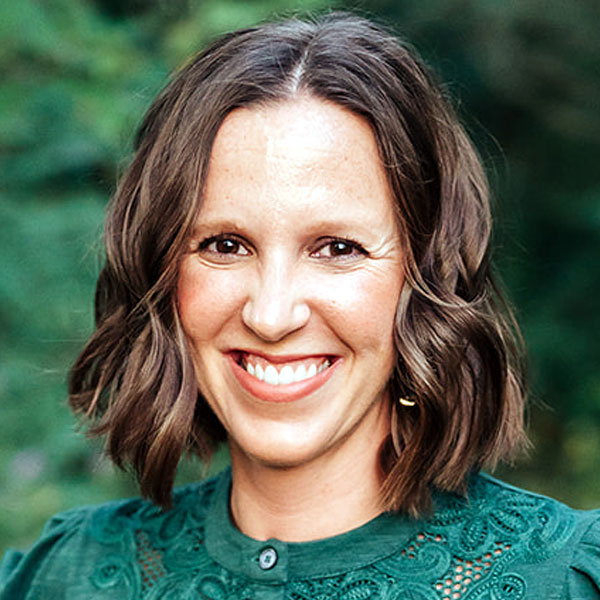It’s a fact that students and their parents are willing to do anything to pay for college. Throughout the years, students have applied for financial aid, searched for countless scholarships and took out an overwhelming amount of student loans. However, the rate at which student loan debt continues to increase is relentless; and with that, colleges, educators and investors are looking for ways to change the landscape.
A new alternative for paying for school is gaining traction, with one school taking it on as the only way to pay tuition. It’s referred to as an income sharing agreement (ISA); and simply put, students are able to borrow money to pay for school while they attend with the expectation that they will pay a percentage of their
income back to the school after graduation.
Earlier this year,
The New York Times highlighted the
Lambda School, the first of its kind to offer students a paid education with an income share agreement upon graduation. The agreement stipulated that graduates must earn at least $50,000 per year in order to begin collecting 17% of their income, with total tuition capped at a maximum of $30,000 (i.e. no one would ever pay more than $30K total). What’s more, if graduates were NOT making at least $50,000 per year and did not find employment, they did not have to pay back the amount owed.
Purdue University offers a similar income share agreement. It’s meant to replace
Parent PLUS Loans and Private Student Loans, which typically have higher interest rates. Payments are adjusted according to income; however, there is a minimum income threshold as well as a maximum payment cap. Students are contracted to make payments for a set number of years. If there is still a balance after the agreed-upon time, student borrowers do not have to continue payment.
According to
The New York Times, investors and former student aid professionals have started the Education Finance Institute, which will help to draft and implement Income Share
Agreements in college.
Other schools that offer income share agreements include Colorado Mountain College, Allan Hancock College, Lackawanna College, Clarkson University, Norwich University and Messiah College, as reported by
U.S. News. But not all income share agreements are created equal. Each school is able to set their own terms and stipulations.
Colleges Get Creative with Student Loan Debt
In addition to ISAs, other colleges are taking creative approaches to help students pay for college without accruing a massive amount of student loan debt.
The University of Pittsburgh is offering their students $5,000 in student loan relief money as long as they pay it forward, according to
The Seattle Times. So what does that look like? Graduates with student loan debt are given $5,000 as well as an alumni mentor to help them develop professionally. Once they’re in a financial place to do so, those graduates are encouraged to give back to the fund in order to help future graduates.
The Seattle Times also reports that Indiana University is taking steps toward less borrowing. In the last five years, student borrowing has dropped by 19% because of one simple measure. Each year, the university sends a letter to students who have taken out student loans to inform them of how much they have borrowed as well as how much they will have to pay back – with interest – after graduation. This “borrowing synopsis” includes an estimated monthly payment amount.
Will ISAs Be More Widespread in the Future?
It could be that ISAs become a federal option, to either supplement or replace federal student loans. According to
Inside Higher Ed, Senator Todd Young of Indiana and Sheila Blair, the President of Washington College and former commissioner of the FDIC, seemed hopeful that ISAs could be the newest way that students pay for school.
Blair is in favor of ditching debt completely. Young encouraged attendees at the Education Finance Conference in Washington D.C. last year, saying, “Let’s demonstrate that it works. And it will work -- people will love it.”
Inside Higher Ed reports that one non-for-profit,
Better Future Forward, is offering Income Share Agreements directly to students. They are currently only offering plans to students in Chicago and the Twin Cities in Minnesota; however, should those testing markets go well, we may see the company expand its offerings to more locations.
Ultimately, income share agreements are viewed as investments in students; and while they are not mainstream, they could become just as common as student loans and scholarships within a few years’ time. If you’re curious whether or not the college you plan to attend offers ISAs, check with the
financial aid office. Just like schools are making an investment in students, you are investing in your own education. That’s why it’s so important to do your due diligence before committing to a school.
As you search for schools, research the cost and the amount of financial aid required to pay for tuition. Consider all of the options you could utilize in order to make payments work, including out-of-the-box ideas like income share agreements.
Other Ways to Pay for College
If an Income Share Agreement isn’t possible, make sure you’re exhausting your means of paying for college before turning to student loans.
First, start saving for college sooner rather than later. Some parents begin saving for college as soon as their children are born, while others don’t consider saving until the student is a junior in high school. Though it’s never too late to start, it’s easier to begin saving as soon as college becomes a consideration, which could be as early as middle school.
Students should also begin applying for scholarships as soon as they are able. At
Fastweb, users must be 16 in order to create a profile. Once you have created a profile, you will see a list of scholarships for which you actually qualify. New scholarships are added to the database daily, meaning your list of scholarships is always changing to reflect what is available.
Finally, fill out the Free Application for Federal Student Aid (
FAFSA) each year. This application makes it possible for you to be eligible for grants, scholarship, work study and other forms of aid. Colleges and universities then take that information and draw up a financial aid package to help you bridge the gap between what you can pay and how much it actually costs to attend. Though some packages will have student loans in them, you are never required to actually use them.
If you have questions about your specific financial aid package as well as questions about Income Share Agreements, get in touch with your college’s financial aid office. They are best equipped to help you navigate your financial circumstances and the cost to attend.

